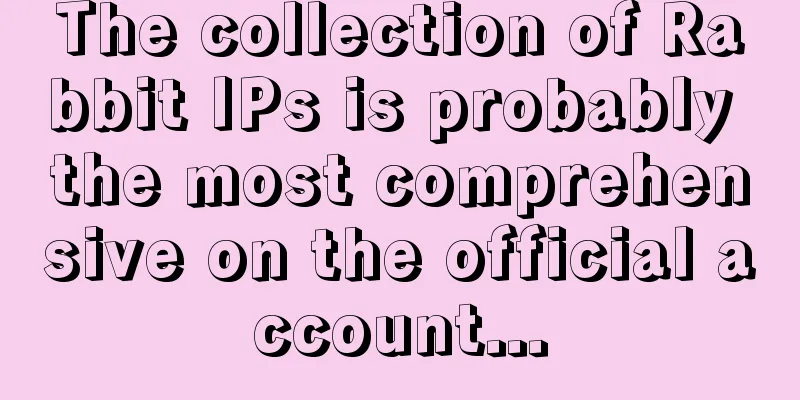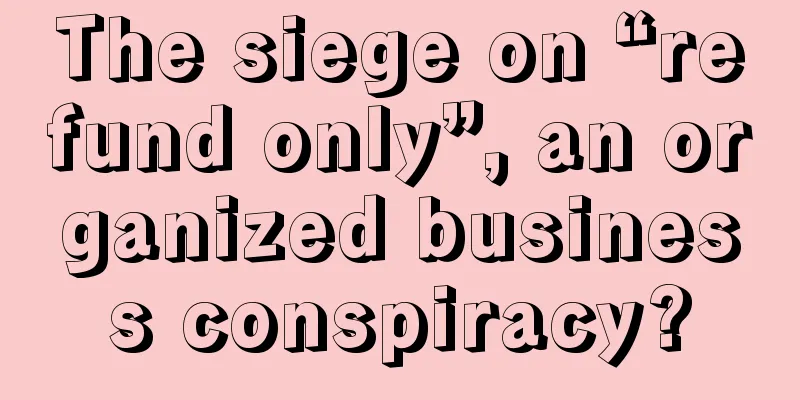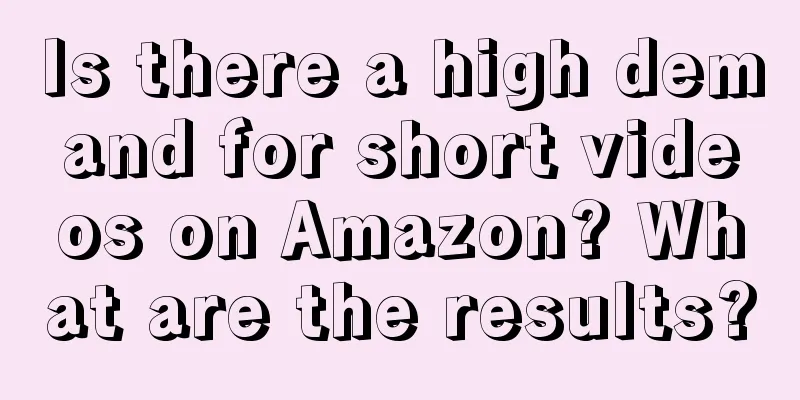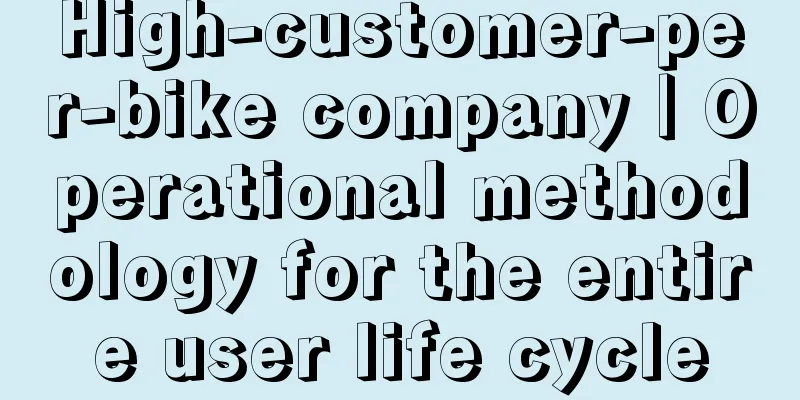Building a business prediction model is a great method
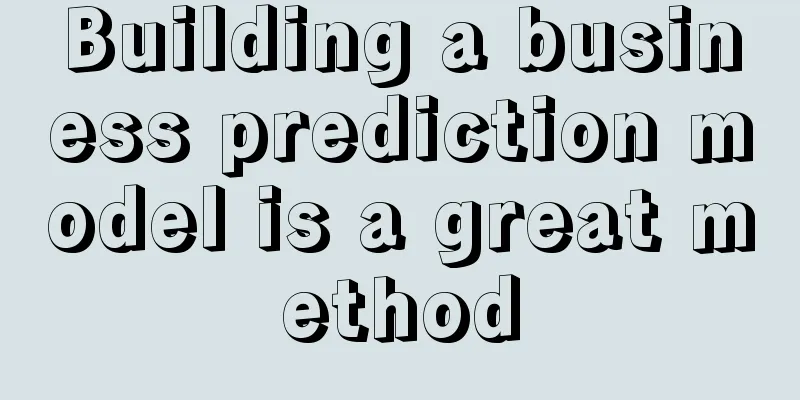
It is difficult to make a prediction model; After making the forecast, it is extremely difficult to let the business know what to do next. Today, I will show you how to combine business with algorithms to make reliable predictions. 1. Why do we need to build a business prediction model?The above problems are caused by poor selection of prediction methods. Algorithm model predictions, regardless of the simplicity or complexity of the algorithm, have a common problem: they cannot reflect the business process. As a result, when the business side wants to adjust business behavior based on predictions, they don’t know where to start. In this case, it is necessary to build a business prediction model. Today, we will explain it systematically. First, let’s look at a specific problem scenario: A toB raw material supplier, downstream demanders include:
Now the business side needs to predict the customer purchase volume for next month, and hopes to provide guidance on the specific work of departments such as major customer sales/small and medium customer sales/new customer advertising placement. Question: How to make the prediction? 2. Business prediction model, how to do it?Business prediction model is a method that uses business assumptions as input variables to predict business trends. This is different from algorithmic models. The input features of algorithmic models often have no business meaning and therefore cannot guide specific business operations. Business prediction is designed to make up for this shortcoming. For example, in this scenario, the factors that have the greatest impact on customer demand are the customer's own production plan and the relationship between our company and the customer. However, it is difficult to get accurate data for these two dimensions. If it is a small or medium-sized customer, it is very likely that there is no production and procurement plan at all. They are just floating around and will do whatever orders they get. If it is a large customer who has not signed a framework contract, each purchase must go through the bidding process again, and it is very likely that other suppliers will intercept it halfway. Therefore, it is difficult to make predictions directly from these two aspects. The work to be done at this time is divided into three parts: First: Sort out business processes and find data indicators that can be monitored Second: Sort out business characteristics and distinguish stable/unstable factors Third: Sort out business assumptions and output forecast results Fourth: Track forecast results and correct process problems Step 1: Sort out business scenariosIn this case scenario, the business process is relatively simple and clear, that is, the customer pays the money and our company delivers the goods. However, the order amounts of different types of customers are different, and the delivery difficulty is different, so they can be considered separately (as shown in the figure below) Step 2: Sort out business characteristicsThis step is critical. By combing through the characteristics of each business line, we can find the stable/unstable factors in each time period. The stable part is the basis for prediction, and the unstable part is the means to control the prediction results. In this case scenario, in terms of procurement requirements:
Therefore, by first labeling the customers accordingly and then looking at the data in groups according to different label types, you can calculate the values of the following key indicators and observe whether their trends are stable through historical trends.
Note that some factors cannot be directly quantified and need to be converted. For example, "the industry development trend is good", there are at least two ways to confirm: 1. Data method: label all enterprises by industry, check the statistical data of the industry, and then look at the development data of enterprises contracted by our company. 2. Manual method: For all sales, regular revisits to new customers/visits to old customers must last more than 5 minutes, and data must be collected. How to choose a method? Answer: Since it is a business forecast, the method that can be influenced by the business is preferred, that is, the manual method. Because the manual method can not only collect customer information, but also collect two key information: business actions and business judgment ability. Just imagine: if the salesperson is perfunctory and careless even in the return visit/visit, can there be any orders? Definitely not. Therefore, measuring business action is also an important part of business forecasting. If in this process, it is found that some business departments are:
Then the problem is obvious: poor business capabilities lead to poor business. This is very important. Students must remember that since you are making predictions based on business behavior, you must consider the business behavior thoroughly. Don't try to mix half with business considerations and half with data for your own calculations. This will muddy the waters and make it difficult to evaluate whether it is good or bad. Step 3: Output prediction resultsWith a clear classification, we can output the prediction results. The output method is very simple:
The results are summarized and calculated like this (as shown below): Note that the business does not fill in the estimated parameters randomly, but needs to have a basis. As shown in the figure, the estimated results that obviously violate the law of development are invalid. And this behavior itself can also become the input of the model: the business side lacks the ability to evaluate its own capabilities and required resources. In this way, while giving the business forecast results, we also give the assumptions that need to be guaranteed, such as:
These assumptions can be used directly as evaluation indicators in the tracking phase, and response plans can also be prepared in advance, so that even if some minor problems occur, they can be corrected directly, and major problems can be perceived in advance, saving the workload of tracking and reviewing. Step 4: Tracking prediction resultsAs they actually occur, the results can be tracked based on the forecast assumptions.
This can guide business actions very well (as shown below): Note that in the above 6 situations, only the unexpected problems that the customer foresaw belong to forecast failure. Why was such important information as the price suppression by the major customer not foreseen in advance? Both the business department and the data department should reflect on this. If a black swan problem really occurs, it is likely that there is a change in the internal personnel of the customer or the opponent has played a dirty trick. At this time, the forecast will indeed fail, but it has nothing to do with the forecast itself. These factors cannot be predicted, and at this time we can only think of a solution when reviewing the situation. 3. Business Forecast Model, Advantages and DisadvantagesThe biggest advantage of the business forecasting model is that it can completely put an end to the chicken-and-egg problem of "Is it the inaccurate forecast that leads to poor performance, or is it the poor performance that leads to inaccurate forecasts?" It clearly tells everyone: it is because the business is not done well that the forecast is inaccurate! And we can tell you in detail that the poor performance is due to the following business reasons, thus guiding business development.
The biggest disadvantage of business forecasting models is that forecasts rely on human judgment. Therefore, forecast results are particularly affected by team morale. Generally, when team morale is high, the predicted values are too high, and the error correction capability is also too high; when team morale is low, the predicted values are too low, and the error correction capability does not exist at all. Overly biased judgments will affect the implementation of the model and thus fail to achieve the desired effect. Therefore, both business forecasting and algorithm forecasting should be equally important. Algorithmic models can directly provide overall data based on past development trends, so they are used to assist in judging whether the current business side has overestimated/underestimated the situation, so that the leadership has a basis for using management methods and can encourage the business department to make the right judgment. Business prediction models are suitable for use when the business side can actively exert influence and change the results. However, in some scenarios, the business side is passive, such as customer service, after-sales, production lines, etc. Customer calls are affected by many factors, such as promotional activities, new product launches, advertising, etc., but none of these influences can be controlled by customer service. In this case, it is not appropriate to use business prediction models, but algorithm models to directly estimate the total volume of calls next month to evaluate human resource arrangements. |
<<: After publishing the Xiaohongshu notes, how to activate the system's multiple pushes!
>>: After writing 1,000 popular articles on Xiaohongshu, I summarized these popular article routines
Recommend
The recent trend of Xiaohongshu in the pet industry! How to achieve conversion and dissemination?
Although the birth rate has decreased in recent ye...
Thinking health products are targeting parents again
Since the popularization of anti-fraud knowledge, ...
“Subject Three” has gone viral, why is Haidilao always able to take advantage of the traffic?
Recently, Haidilao has become popular again with i...
What is the registration process for opening a Lazada store? Does Lazada charge any fees?
Lazada's current market share is still relativ...
Without joint ventures, they cannot squeeze into the consumer market.
Some time ago, IP collaboration has become a key s...
Help you clear away three layers of "fog" and give you insight into business opportunities!
For most people, not being able to find the right ...
What are the cross-border third-party payment platform models? What are their characteristics?
On cross-border e-commerce platforms, after mercha...
How to become a "supporting role" in content that can be a "universal match" and "get free rides" on other brands' traffic to achieve a surge in sales!
This article starts with two products, Kaman manda...
Create a book list account! Douyin sold 400 million books in one year!
Is there any possibility for the development of bo...
The Year of the Rabbit New Year short film is playing something very new
The Year of the Rabbit 2023 has arrived, and this ...
How to check why the Amazon detail page has been deleted? Where to check?
Amazon's product details page includes a lot o...
How to associate ads with Shopee? What is the method?
When opening a store on the Shopee platform, promo...
Every department exceeded their targets, so why didn’t the CEO
It starts with a scenario of CEO anxiety and quick...
Kuaishou, Bilibili, and Xiaohongshu are trying to grow during 618
In the fierce competition of the 618 promotion, in...
How to cancel Facebook account? Can others still find you after you cancel Facebook account?
Facebook is one of the most popular platforms that...
